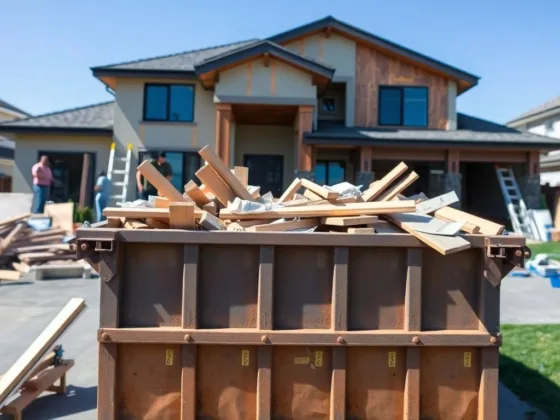Table of Contents Show
A burst pipe is every homeowner’s nightmare, causing extensive water damage and potential structural issues if not addressed promptly. Knowing how to respond in the event of a burst pipe can make all the difference in minimizing the damage to your home and property. Remember to stay calm, act quickly, and enlist the help of a qualified plumbing contractor to address the issue promptly.
Here are essential steps to safeguard your home and property when faced with a burst pipe:
Shut Off the Water Supply
The first step in dealing with a burst pipe is to shut off the water supply to your home. Locate the main shut-off valve near the water meter or where the main water line enters your home. Turning off the water supply will stop the water flow and prevent further flooding.
Turn Off Electricity in Affected Areas
If the burst pipe has caused water to come into contact with electrical outlets, appliances, or wiring, it’s essential to turn off electricity to the affected areas to prevent the risk of electrical shock or fire. Locate the circuit breaker or fuse box and switch off the power to the affected circuits.
Drain Faucets and Pipes
After shutting off the water supply, open all faucets in your home to drain any remaining water from the pipes. This will help alleviate pressure in the plumbing system and reduce the risk of further leaks or bursts. Flush toilets and run outdoor fixtures until the water stops flowing.
Assess the Damage
Once you’ve taken steps to mitigate the immediate threat of flooding, assess the extent of the damage caused by the burst pipe. Look for signs of water damage, such as wet or damp walls, ceilings, floors, and bulging or discolored areas. Document the damage with photographs or videos for insurance purposes.
Contact a Plumbing Contractor
After addressing the immediate emergency, it’s crucial to contact a licensed plumbing contractor to assess the burst pipe and perform necessary repairs. Plumbing contractors have the expertise and specialized equipment to locate and repair the burst pipe quickly and effectively, minimizing disruption to your home and property.
Clean Up and Dry Out
Once the burst pipe has been repaired, cleaning up and drying out any water-damaged areas is essential to prevent mold and mildew growth. Use fans, dehumidifiers, and ventilation to promote air circulation and speed up drying. Dispose of any water-damaged materials that cannot be salvaged.
Prevent Future Burst Pipes
Finally, prevent future burst pipes by insulating exposed pipes, especially those in unheated areas such as basements, attics, and crawl spaces. Regularly inspect pipes for signs of corrosion, rust, or leaks and address any issues promptly. Consider hiring a plumbing contractor to inspect your plumbing system and recommend preventive measures comprehensively.
Dealing with a burst pipe can be a stressful and challenging experience for homeowners, but knowing how to respond can help mitigate the damage and protect your home and property. By following the burst pipe protocol outlined above and enlisting the help of a trusted plumbing contractor, you can safeguard your home against the devastating effects of water damage and ensure the long-term integrity of your plumbing system. Don’t wait until disaster strikes—be prepared to take action and protect your home in the event of a burst pipe.
FAQs (Frequently Asked Questions)
The first step in dealing with a burst pipe is to shut off the water supply.
If the burst pipe has caused water to come into contact with electrical outlets or appliances, turn off the electricity in the affected areas.
After shutting off the water supply, open all faucets in your home and drain any remaining water from the pipes.
Once you’ve taken steps to mitigate the immediate threat of a burst pipe, assess the damage to your home and property.
After addressing the immediate emergency of a burst pipe, it’s crucial to contact a plumbing contractor for repair and restoration.
Once the burst pipe has been repaired, clean up and dry out any affected areas to prevent further damage.
To prevent future burst pipes, insulate exposed pipes and take necessary precautions to safeguard your home against freezing temperatures.










